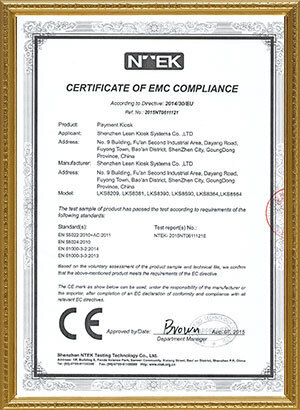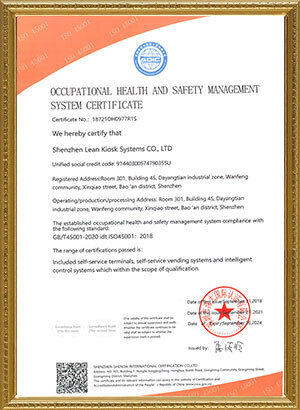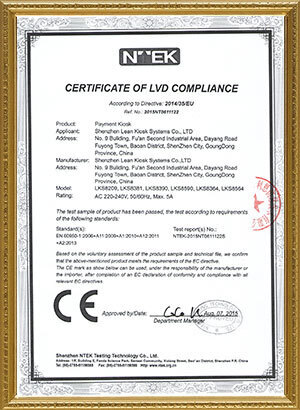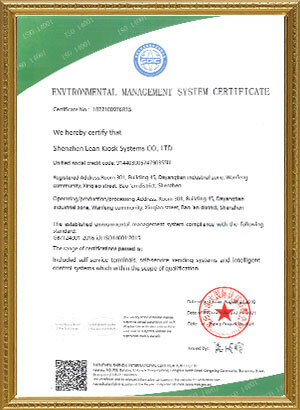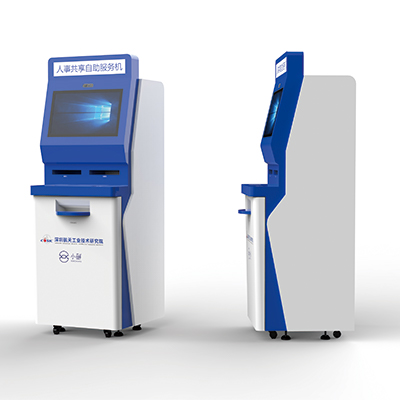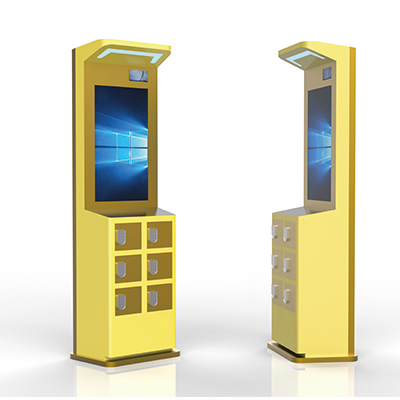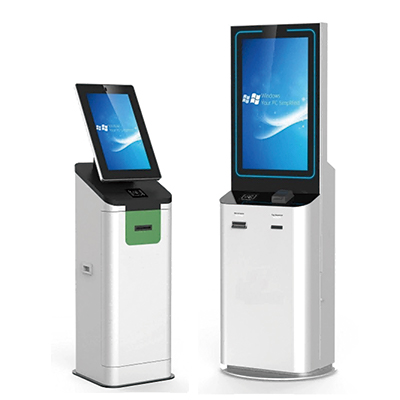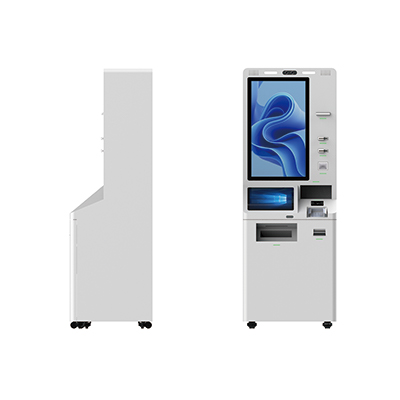






—— Bill from America
—— Jack from United Kingdom
—— James from Russia
—— Mike from America
—— James from Iran
—— James from America
As a professional kiosk manufacturer from China, Lean Kiosk Systems not only provides the high-quality kiosk, but also offer good warranty and comprehensive after-sales services includes operator and technician training.
Offering operator and technician training is crucial for Lean Kiosk Systems to ensure the smooth operation and maintenance of our kiosks. Here are the steps to effectively offer such training:
1. Develop a Comprehensive Training Program
· Training Modules: Create detailed training modules covering different aspects of kiosk operation and maintenance. These should include installation, troubleshooting, software updates, hardware repairs, and routine maintenance.
· Certification: Consider offering certification upon completion of training to ensure that operators and technicians have a verified skill set.
2. Training Materials
· Manuals and Guides: Develop comprehensive user manuals and quick-start guides.
· Online Resources: Provide access to online resources such as video tutorials, FAQs, and troubleshooting guides.
· Interactive Content: Use interactive content like e-learning modules, webinars, and simulations to enhance learning.
3. Training Delivery Methods
· On-Site Training: Offer on-site training where trainers visit the client’s location to conduct hands-on sessions.
· Training Centers: Establish training centers where operators and technicians can attend in-person classes.
· Online Training: Provide online training programs that can be accessed remotely, allowing for flexible learning schedules.
· Blended Learning: Combine online learning with periodic in-person sessions for a more comprehensive training experience.
4. Qualified Trainers
· Experienced Instructors: Hire experienced instructors with expertise in kiosk technology and customer training.
· Continuous Education: Ensure trainers stay updated with the latest advancements in kiosk technology and training methodologies.
5. Hands-On Practice
· Practical Sessions: Include practical, hands-on sessions in the training program where participants can work directly with kiosks.
· Simulations: Use simulations and mock scenarios to allow trainees to practice troubleshooting and repairs in a controlled environment.
6. Assessment and Certification
· Assessments: Conduct assessments and tests to evaluate the trainees’ understanding and skills.
· Certification: Offer certification for operators and technicians who successfully complete the training and assessments, which can be a value-add for their professional development.
7. Ongoing Support and Refresher Courses
· Continuous Learning: Provide access to ongoing learning resources and updates on new kiosk features or technologies.
· Refresher Courses: Offer refresher courses periodically to ensure that operators and technicians keep their skills up-to-date.
8. Customizable Training Programs
· Tailored Training: Customize training programs to meet the specific needs of different clients or industries.
· Feedback Incorporation: Collect feedback from trainees and clients to continually improve and tailor the training programs.
9. Training Documentation and Reporting
· Training Records: Maintain records of all training sessions, participant progress, and certification statuses.
· Reporting: Provide detailed reports to clients on the training outcomes and areas for improvement.
10. Marketing the Training Program
· Promotional Materials: Develop brochures, flyers, and online content promoting the training programs.
· Customer Outreach: Use email campaigns, webinars, and industry events to inform potential clients about the available training programs.
Implementation Steps
1. Assess Needs: Begin by assessing the training needs of your clients.
2. Develop Content: Create detailed training content and materials.
3. Choose Delivery Methods: Decide on the best training delivery methods for your clients.
4. Hire and Train Instructors: Recruit experienced trainers and provide them with necessary resources.
5. Launch Training Programs: Roll out the training programs and start scheduling sessions.
6. Evaluate and Improve: Continuously evaluate the effectiveness of the training programs through feedback and assessments, and make necessary improvements.
By following these steps, Lean Kiosk Systems can ensure that our operators and technicians are well-trained, leading to better kiosk performance and customer satisfaction.
Address: No. 99-15, Fuan intelligent manufacturing Industrial Park, Dayang Road, Fuhai Street, Baoan District, Shenzhen, China


